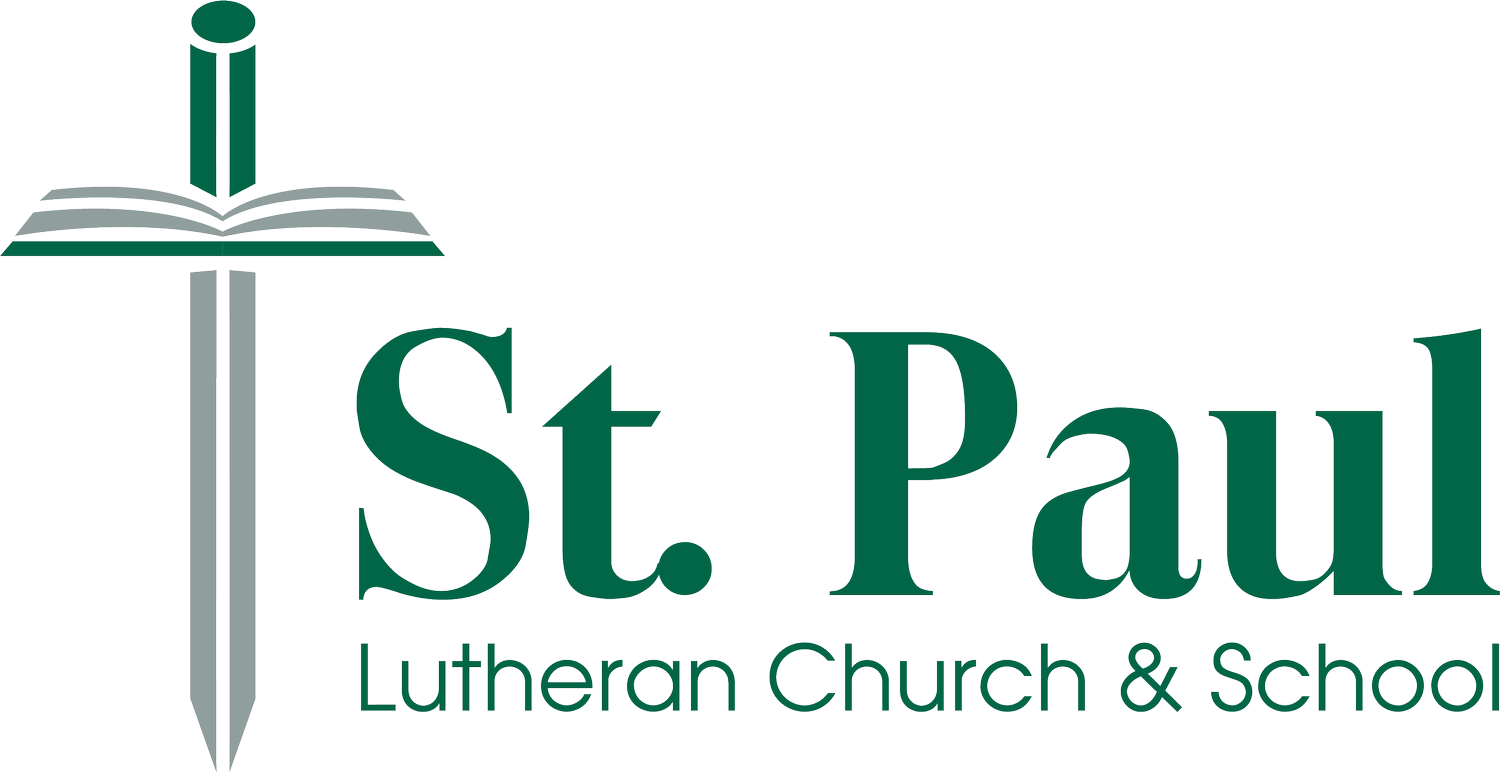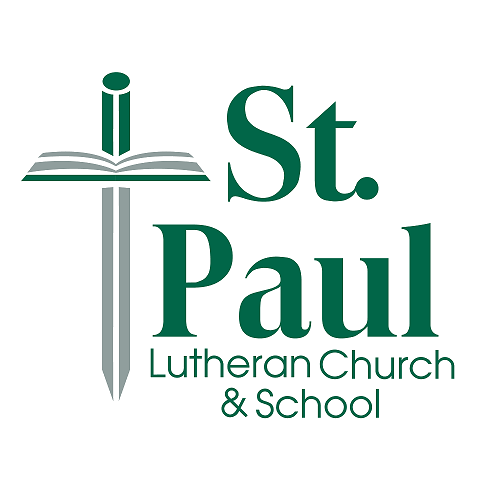After Pentecost—Growing in Grace
Instead grow in the grace and knowledge of our Lord and Savior Jesus Christ. To him be the glory, both now and forever. Amen. (2 Peter 3:18)
Following the celebration of the Day of Pentecost, we shift into the second half of the Church Year, known as the non-festival half or the Time of the Church. The festival half the year is called the Time of Christ, because from Advent through Easter we trace the major events of Jesus' work of salvation. During the Time of the Church, the focus remains on Christ. But while the first half of the year emphasized Christ for us, the second half contains more emphasis on Christ working in us and through us. It is a season typified by growth in God's Word and putting faith into practice. Hence, the color for the season is green, the color of growth.
Pentecost marks the beginning of the season. The third great festival of the Church Year emphasizes the work of the Holy Spirit, as we celebrate Jesus fulfilling his promise to send the Holy Spirit to his disciples. This celebration serves as both a conclusion to the focus of the Easter season and as a foundation for the season that follows. The Gospel readings for the season after Pentecost are a variety of episodes of preaching and teaching from Jesus' earthly ministry, showing us what it means to live as members of his kingdom filled with the Holy Spirit. The color for Pentecost Day is red. Red symbolizes the fire that appeared over the disciples’ heads on Pentecost; the Holy Spirit often uses fire as a picture of his work in the Bible. Red also reminds of the blood of the martyrs, believers who died for the faith, so it is also used on days that emphasize the Church’s faithful proclamation of the Word.
The First Sunday after Pentecost is celebrated as Holy Trinity Sunday. On this day we stand in awe at the revelation of who God is—one God, who is Father, Son and Holy Spirit. This day at the start of the second half of the church year began as a response to false teachings that denied that Christ and the Holy Spirit are true God, equal to the Father. It serves as a reminder for us that while God is beyond our comprehension, he is also the God of love who worked our salvation from sin. The Athanasian Creed, which gives a detailed explanation of the biblical teaching about the Trinity, is often recited on this day. Since Trinity Sunday focuses on the nature of the holy God, the color for the day is white.
As the Church Year draws to a close, the Scripture readings draw our attention to Christ's return and our lives as believers in these last days. Two minor festivals are commonly observed in the final weeks of the Church Year. Reformation Day (October 31, or observed on the last Sunday in October) is a day on which we thank God for restoring the clear gospel proclamation through the faithful work of Martin Luther and other reformers. This remembrance reminds us of the need to hold firmly to God's Word as false teachers continue to attack the Church Militant as we await Christ's return. All Saints' Day (November 1, or observed the first Sunday in November) is a day on which we remember and thank God for the believers who have gone before us and are now gathered around God's heavenly throne in the white robes of Christ's righteousness. Looking ahead to the joy that awaits us in the Church Triumphant gives us peace and confidence to face the trials of this life, knowing our Savior is always with us.
The Season after Pentecost—along with the green Sundays after Epiphany—is sometimes referred to as Ordinary Time. After all the excitement of the festival half of the Church Year, of Christmas and Easter and Pentecost and everything surrounding them, this season can feel a bit mundane. But that's okay, because not every day is filled with the excitement of a festival. Most days are just ordinary. But every day is a day we live as redeemed children of God. Every day is a day we need God's grace and forgiveness in Christ. Every day is a day we can let the light of the gospel shine in our words and actions. So even when we're just celebrating an "ordinary" Sunday in the Season after Pentecost, we rejoice with those who say to us, "Let us go to the house of the Lord!" Because there we receive God's gospel gifts so we can grow in the grace and knowledge of Christ.
Season after Pentecost
Etymology of Name: From the Greek word for "fifty" (Pentecost is fifty days after Passover/Easter).
Seasonal Color: Green, Red (Pentecost, Reformation), White (Holy Trinity, All Saints')
Duration: From Pentecost to the Last Sunday of the Church Year

